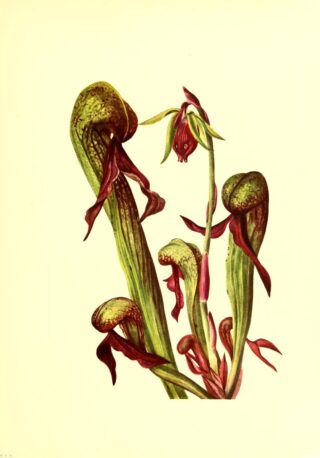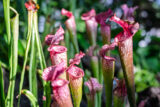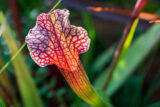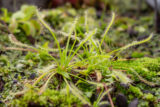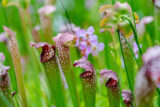Little Shop of Horrors Partnership
We’re thrilled to be partnering with the Off-Broadway show, Little Shop of Horrors! We have created this infographic for theater attendees and plant enthusiasts alike to learn about the common prey capture and consumption processes of carnivorous plants, such as the Venus flytrap and butterwort.
You can get a closer look at Seymour’s notes here.
This infographic serves as Seymour’s way to figure out what exactly Audrey II is by referencing facts about the carnivorous plants she is botanically similar to – the Venus flytrap and butterwort according to the original 1960 film.
But as the notes on the infographic indicate, Audrey II’s behavior does not match those of the Venus flytrap and butterwort. In the musical, Audrey II develops a more unusual palate for human blood. The audience quickly discovers that Audrey II is not a plant from Earth at all, but appeared from outer space during a total eclipse.
In real life, our carnivorous plants at NYBG prefer small insects, such as ants and flies. You can explore our gardens to find our collection of carnivorous plants and learn about their behaviors.









